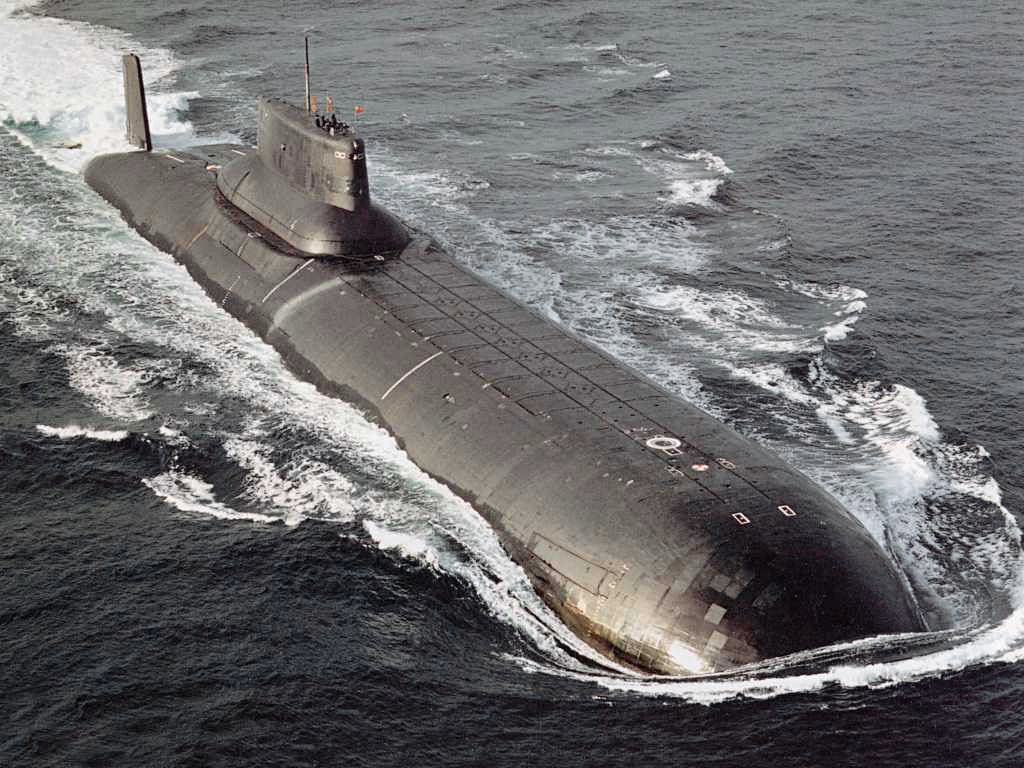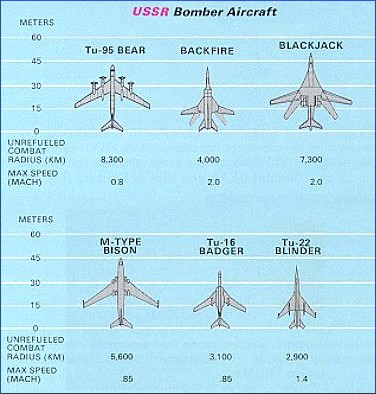|
Strategic Rocket Forces
The Strategic Rocket Forces of the Russian Federation or the Strategic Missile Forces of the Russian Federation (RVSN RF; russian: Ракетные войска стратегического назначения Российской Федерации (РВСН РФ), Raketnye voyska strategicheskogo naznacheniya Rossiyskoy Federatsii, lit. 'Strategic Purpose Rocketry Troops') are a separate-troops branch of the Russian Armed Forces that control Russia's land-based intercontinental ballistic missiles (ICBMs). The Strategic Rocket Forces was created on 17 December 1959 as part of the Soviet Armed Forces as the main force intended for attacking an enemy's offensive nuclear weapons, military facilities, and industrial infrastructure. They operated all Soviet nuclear ground-based intercontinental, intermediate-range ballistic missile, and medium-range ballistic missile with ranges over 1,000 kilometers. After the Soviet Union collapsed in 1991, assets of the Strategic Rocket F ... [...More Info...] [...Related Items...] OR: [Wikipedia] [Google] [Baidu] |
Vlasikha, Moscow Oblast
Vlasikha (russian: Вла́сиха) is a closed urban locality (a work settlement) in Moscow Oblast, Russia. It serves as the headquarters of the Strategic Missile Troops of Russia.RIA NovostiЗвёздный городок и военный городок Власиха преобразованы в ЗАТО Population: History A closed administrative-territorial formation was established on the territory of the closed military townlet #22/1 on January 19, 2009.Decree #70 On August 5, 2009, Boris Gromov, the Governor of Moscow Oblast, issued a Resolution which transformed the military townlet into an urban-type settlement.Resolution #110-PG On October 29, the urban-type settlement was named "Vlasikha"; however, as of 2011, this name is not yet official pending the approval by the Government of Russia.Resolution #8/94-P Administrative and municipal status Within the framework of administrative divisions, it is incorporated as the closed administrative-t ... [...More Info...] [...Related Items...] OR: [Wikipedia] [Google] [Baidu] |
Military Branch
Military branch (also service branch or armed service) is according to common standard a subdivision of the national armed forces of a sovereign nation or state. Types of branches Unified armed forces The Canadian Armed Forces is the unified armed forces of Canada. While it has three environmental commands - namely the Canadian Army, Royal Canadian Navy, and Royal Canadian Air Force - it remains a single military service. NATO definition ''Branch of service'' (also ''branch of military service'' or ''branch of armed service'') refers, according to NATO standards, to a branch, employment of combined forces or parts of a service, below the level of service, military service, or armed service.MILITÄRISCHES STUDIENGLOSSAR ENGLISCH Teil I, A – K, Bundessprachenamt (Stand Januar 2001), page 226, definition: branch of service. See also * Military organization Military organization or military organisation is the structuring of the armed forces of a state so as to offe ... [...More Info...] [...Related Items...] OR: [Wikipedia] [Google] [Baidu] |
Ballistic Missile Submarine
A ballistic missile submarine is a submarine capable of deploying submarine-launched ballistic missiles (SLBMs) with nuclear warheads. The United States Navy's hull classification symbols for ballistic missile submarines are SSB and SSBN – the ''SS'' denotes submarine, the ''B'' denotes ballistic missile, and the ''N'' denotes that the submarine is nuclear powered. These submarines became a major weapon system in the Cold War because of their nuclear deterrence capability. They can fire missiles thousands of kilometers from their targets, and acoustic quieting makes them difficult to detect (see acoustic signature), thus making them a survivable deterrent in the event of a first strike and a key element of the mutual assured destruction policy of nuclear deterrence. The deployment of SSBNs is dominated by the United States and Russia (following the collapse of the Soviet Union). Smaller numbers are in service with France, the United Kingdom, China and India; North Ko ... [...More Info...] [...Related Items...] OR: [Wikipedia] [Google] [Baidu] |
Long Range Aviation
Long-Range Aviation ( rus, Авиация Дальнего Действия, r=Aviatsiya dal'nego deystviya, abbr. to AДД, or ADD, and literally ''Aviation of Distant Action'') is a branch of the Russian Aerospace Forces responsible for delivering long-range nuclear or conventional strikes by aircraft rather than missiles. The branch was previously part of the Soviet Air Forces and Russian Air Force tasked with long-range bombardment of strategic targets with nuclear weapons. During the Cold War, it was the counterpart to the Strategic Air Command of the United States Air Force. Origins, 1936-1940 The first three Air Armies, designated Air Armies of Specific Purpose (or Particular Purpose) were created between 1936 and 1938. In accordance with the predominant Deep operations doctrine, the Red Army was reorganized into six echelons, of which the long-range aviation was the 1st echelon. The 2nd echelon consisted of: heavy tanks; the 3rd echelon: medium and light tanks; th ... [...More Info...] [...Related Items...] OR: [Wikipedia] [Google] [Baidu] |
Russian Aerospace Forces
The Russian Aerospace Forces or Russian Air and Space Forces ( rus, Воздушно-космические силы, r=Vozdushno-kosmicheskiye sily) or VKS ( rus, ВКС}) comprise the air and space Space is the boundless three-dimensional extent in which objects and events have relative position and direction. In classical physics, physical space is often conceived in three linear dimensions, although modern physicists usually con ... Military branch, branch of the Armed Forces of the Russian Federation. Russia established the VKS as a new branch of its military on 1 August 2015 with the merging of the Russian Air Force (VVS) and the Russian Aerospace Defence Forces (VVKO) - as recommended by the Ministry of Defence (Russia), Ministry of Defence. The VKS has its headquarters in Moscow. Russia's Ministry of Defence (Russia), Defense Minister Sergei Shoigu explained the merger as improving efficiency and logistical support. Organisation Sub-branches According to Ja ... [...More Info...] [...Related Items...] OR: [Wikipedia] [Google] [Baidu] |
Treaty On The Non-Proliferation Of Nuclear Weapons
The Treaty on the Non-Proliferation of Nuclear Weapons, commonly known as the Non-Proliferation Treaty or NPT, is an international treaty whose objective is to prevent the spread of nuclear weapons and weapons technology, to promote cooperation in the peaceful uses of nuclear energy, and to further the goal of achieving nuclear disarmament and general and complete disarmament. Between 1965 and 1968, the treaty was negotiated by the Eighteen Nation Committee on Disarmament, a United Nations-sponsored organization based in Geneva, Switzerland. Opened for signature in 1968, the treaty entered into force in 1970. As required by the text, after twenty-five years, NPT Parties met in May 1995 and agreed to extend the treaty indefinitely. More countries are parties to the NPT than any other arms limitation and disarmament agreement, a testament to the treaty's significance. As of August 2016, 191 states have become parties to the treaty, though North Korea, which acceded in 1985 ... [...More Info...] [...Related Items...] OR: [Wikipedia] [Google] [Baidu] |
Nuclear Weapons And Ukraine
Ukraine, an important republic of the former Union of Socialist Soviet Republics (USSR) from 1922–91, once held the possession of the Soviet nuclear weapons and its delivery mechanism on its territory. Together with Russia, Ukraine held the unity together of the former Soviet Union but its population voted overwhelmingly for independence in 1991, which ended any realistic chance of the Soviet Union staying together even on a limited scale. The Ukrainian declaration of independence was supported by more than 90% of the electorates who appointed Leonid Kravchuk, the- chairman of the parliament, as the first president of the country. At the meetings in Brest on December 8, and in Alma Ata on December 21, the presidents of Belarus, Russia, and Ukraine formally dissolved the Soviet Union and formed the Commonwealth of Independent States (CIS). The former Soviet Union had its nuclear program expanded to only four of its republics: Belarus, Kazakhstan, Russia, and Ukraine ... [...More Info...] [...Related Items...] OR: [Wikipedia] [Google] [Baidu] |
Dissolution Of The Soviet Union
The dissolution of the Soviet Union, also negatively connoted as rus, Разва́л Сове́тского Сою́за, r=Razvál Sovétskogo Soyúza, ''Ruining of the Soviet Union''. was the process of internal disintegration within the Soviet Union (USSR) which resulted in the end of the country's and its federal government's existence as a sovereign state, thereby resulting in its constituent republics gaining full sovereignty on 26 December 1991. It brought an end to General Secretary Mikhail Gorbachev's (later also President) effort to reform the Soviet political and economic system in an attempt to stop a period of political stalemate and economic backslide. The Soviet Union had experienced internal stagnation and ethnic separatism. Although highly centralized until its final years, the country was made up of fifteen top-level republics that served as homelands for different ethnicities. By late 1991, amid a catastrophic political crisis, with several republics alr ... [...More Info...] [...Related Items...] OR: [Wikipedia] [Google] [Baidu] |
Medium-range Ballistic Missile
A medium-range ballistic missile (MRBM) is a type of ballistic missile with medium range, this last classification depending on the standards of certain organizations. Within the U.S. Department of Defense, a medium-range missile is defined by having a maximum range of between . In modern terminology, MRBMs are part of the wider grouping of theatre ballistic missiles, which includes any ballistic missile with a range of less than . Specific MRBMs * DF-2 * DF-16 * DF-17 * DF-21 ( China) , (Saudi Arabia) * SSBS S1 * Agni II * Agni-P * Ashoura * Emad * Fajr-3 (estimation) * Ghadr-110 * Khorramshahr (missile) * Sejjil * Shahab-3 * Badr-2000 * Jericho II * Hwasong-9 * Hwasong-10/RD-B Musudan * Pukkuksong-1 * Pukkuksong-2 * Pukkuksong-2 * Rodong-1 * Ababeel * Ghauri-I * Ghauri-II * Ghauri-III (Cancelled) * Shaheen-II * Shaheen-III [...More Info...] [...Related Items...] OR: [Wikipedia] [Google] [Baidu] |
Intermediate-range Ballistic Missile
An intermediate-range ballistic missile (IRBM) is a ballistic missile with a range of 3,000–5,500 km (1,864–3,418 miles), between a medium-range ballistic missile (MRBM) and an intercontinental ballistic missile (ICBM). Classifying ballistic missiles by range is done mostly for convenience; in principle there is very little difference between a low-performance ICBM and a high-performance IRBM, because decreasing payload mass can increase range over ICBM threshold. The range definition used here is used within the U.S. Missile Defense Agency. Some other sources include an additional category, the long-range ballistic missile (LRBM), to describe missiles with a range between IRBMs and true ICBMs. The more modern term theatre ballistic missile encompasses MRBMs and SRBMs, including any ballistic missile with a range under . The progenitor for the IRBM was the A4b winged rocket, based on the V-2 (officially called A4) rocket used by Nazi Germany at the end of World War ... [...More Info...] [...Related Items...] OR: [Wikipedia] [Google] [Baidu] |
Nuclear Weapon
A nuclear weapon is an explosive device that derives its destructive force from nuclear reactions, either fission (fission bomb) or a combination of fission and fusion reactions ( thermonuclear bomb), producing a nuclear explosion. Both bomb types release large quantities of energy from relatively small amounts of matter. The first test of a fission ("atomic") bomb released an amount of energy approximately equal to . The first thermonuclear ("hydrogen") bomb test released energy approximately equal to . Nuclear bombs have had yields between 10 tons TNT (the W54) and 50 megatons for the Tsar Bomba (see TNT equivalent). A thermonuclear weapon weighing as little as can release energy equal to more than . A nuclear device no larger than a conventional bomb can devastate an entire city by blast, fire, and radiation. Since they are weapons of mass destruction, the proliferation of nuclear weapons is a focus of international relations policy. Nuclear weapons have been dep ... [...More Info...] [...Related Items...] OR: [Wikipedia] [Google] [Baidu] |

.jpg)



.jpg)
